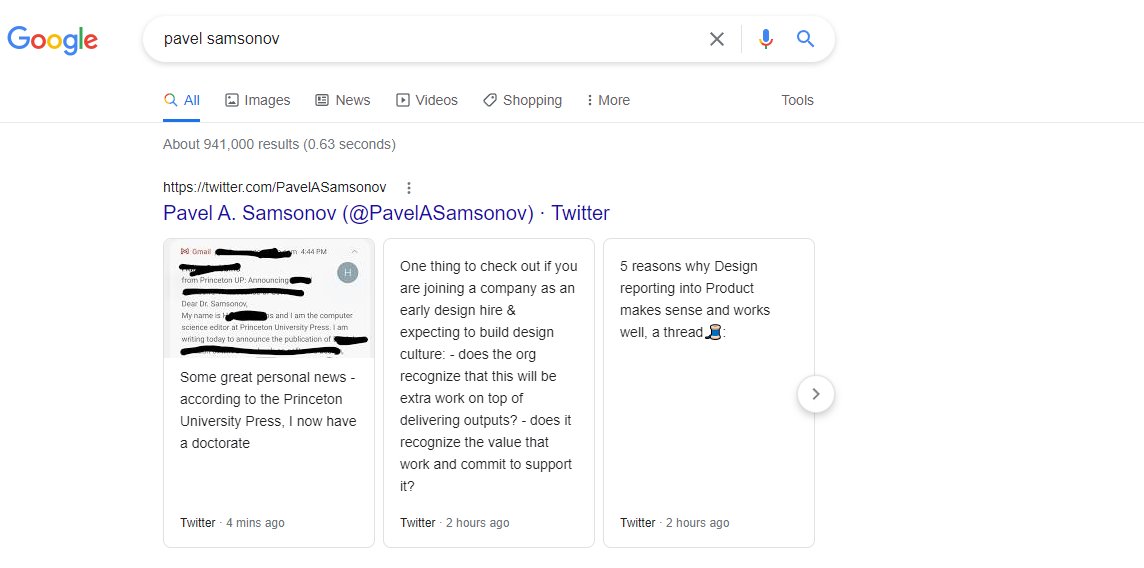
Thinking back to my education, we were taught to try out quick sketches of many different ideas and gradually winnow them down. I'm realizing that most other professions aren't trained to think that way, which makes it hard for them to understand the value of the design process.
There is much less pressure to defend any one idea when you developed 20 other ideas. But when you went ahead with the first thing that works, it's natural to feel like you have to fight any critique with tooth and nail - so even if the idea was good, it'll never get better.
I've always been a fan of everyone learning some design skills. But early in my career I thought that the important skills were fonts and layouts. Now I believe that they are:
-structured ideation
-iterative process
-not taking feedback as a personal attack
-structured ideation
-iterative process
-not taking feedback as a personal attack
Of course, giving feedback that's not structured as a personal attack is also its own skill, and a very valuable one at that. But it's hard to build a bridge from one side.
Every artifact is a catalyst for conversation, and needs to be updated as the conversation evolves. The idea that you can give a worker a task so perfectly scoped that it's possible to perfectly execute it on the first try is wishful assembly-line thinking by Gantt chart jockeys.
Fine art is another discipline that's used to rapid ideation/sketching, critique, and the importance of explaining your artifacts rather than thinking they'll be able to speak for themselves.
But go on, tell me about how STEM is the only course of study that matters
But go on, tell me about how STEM is the only course of study that matters
• • •
Missing some Tweet in this thread? You can try to
force a refresh





